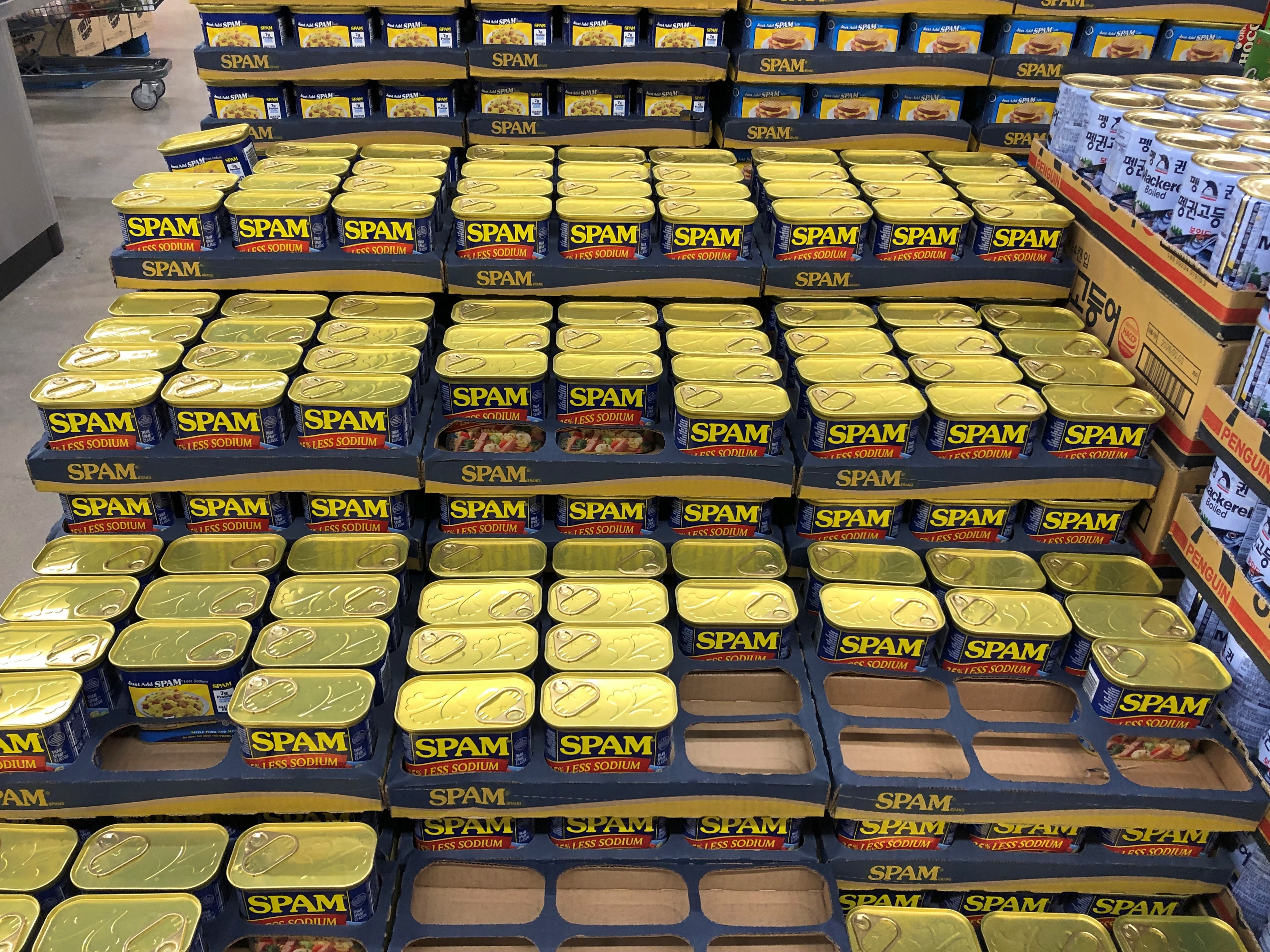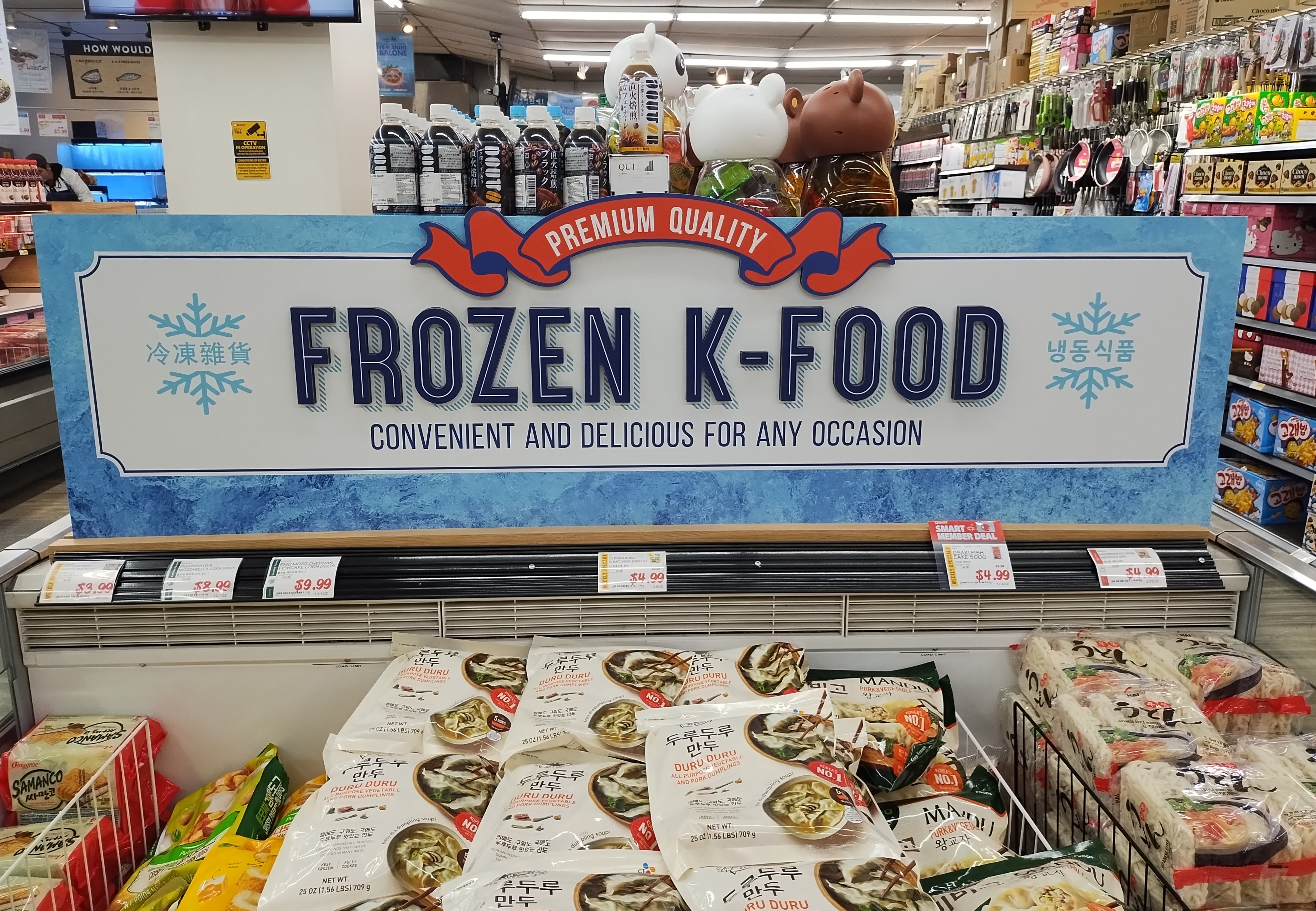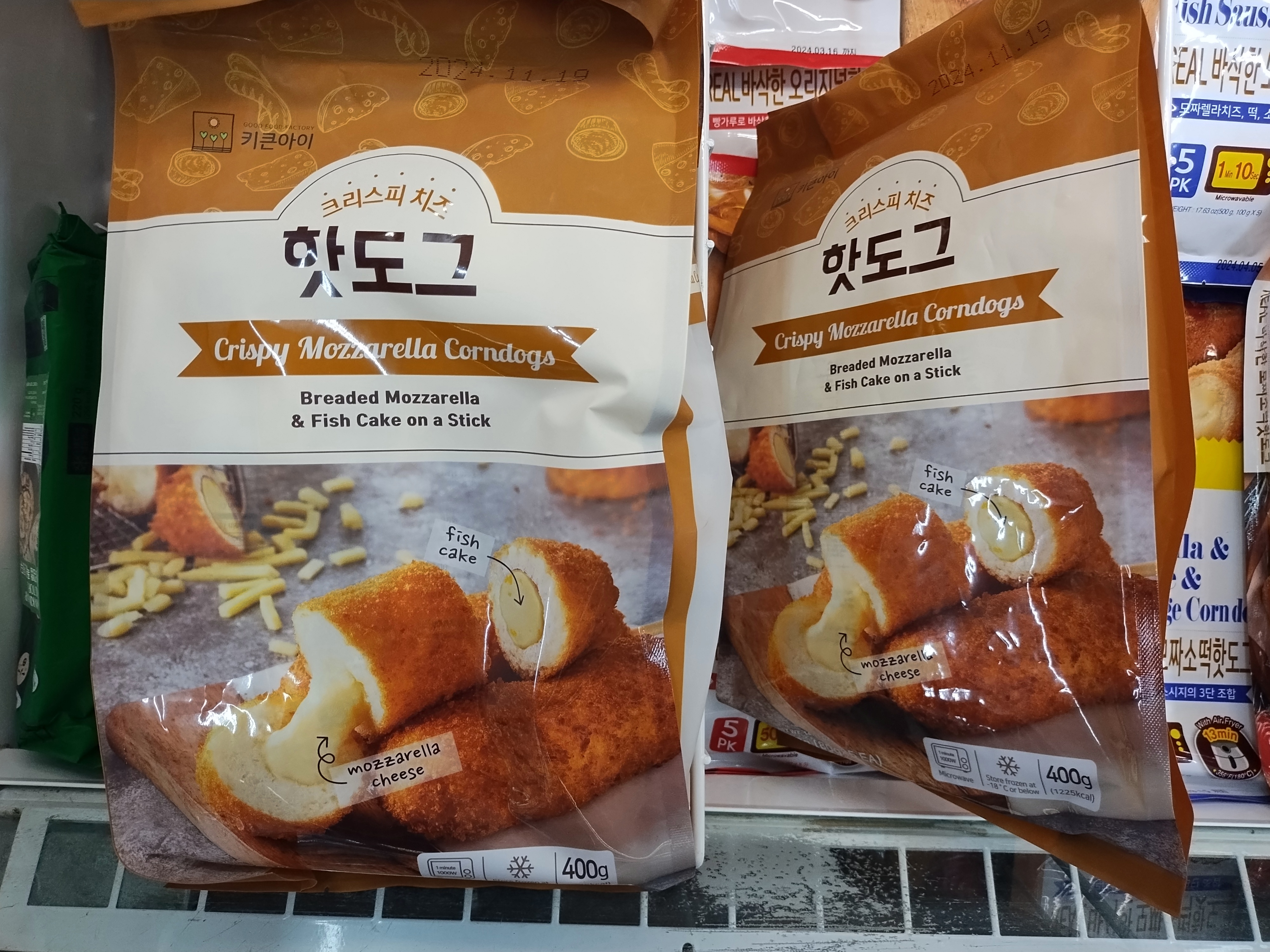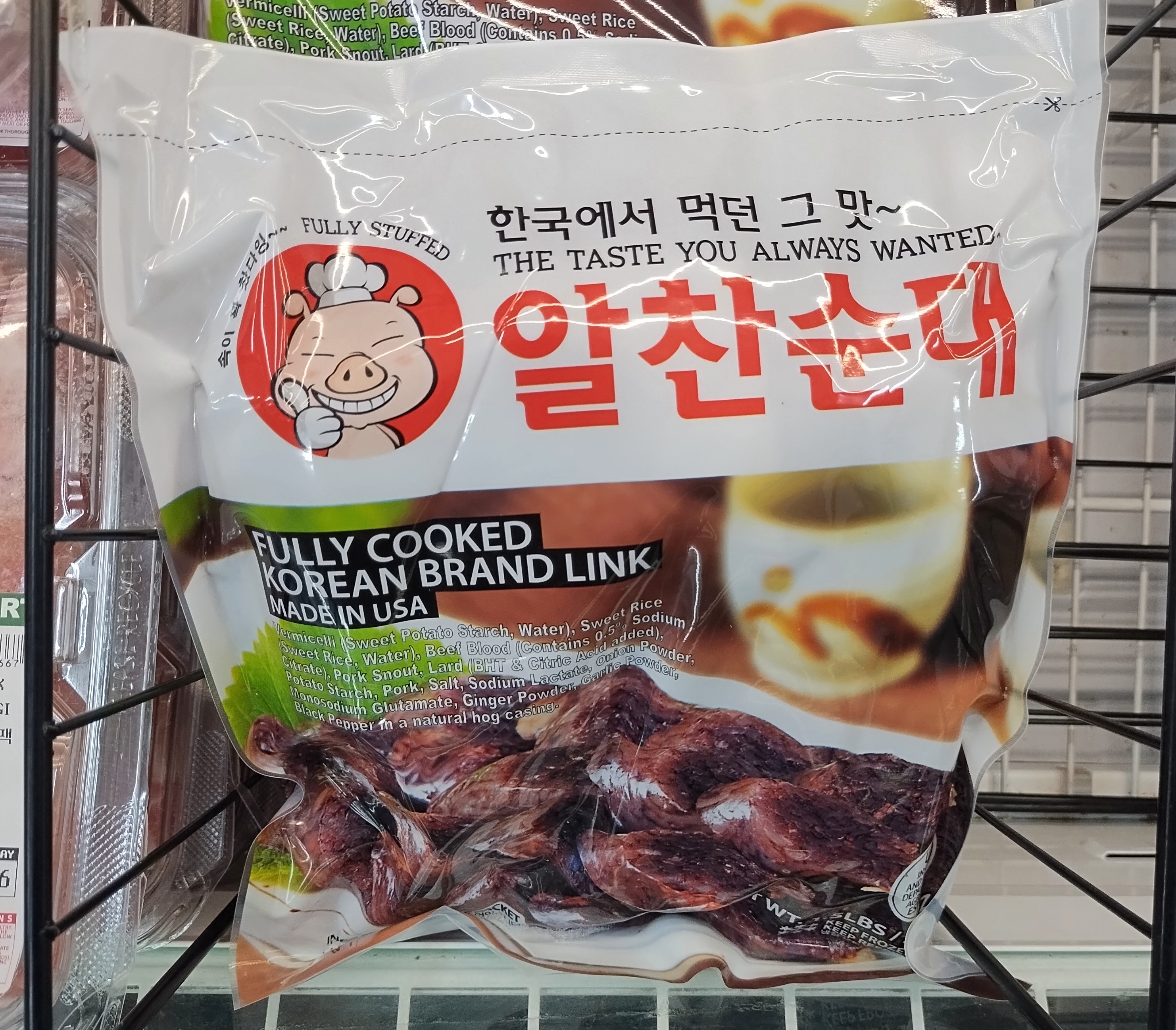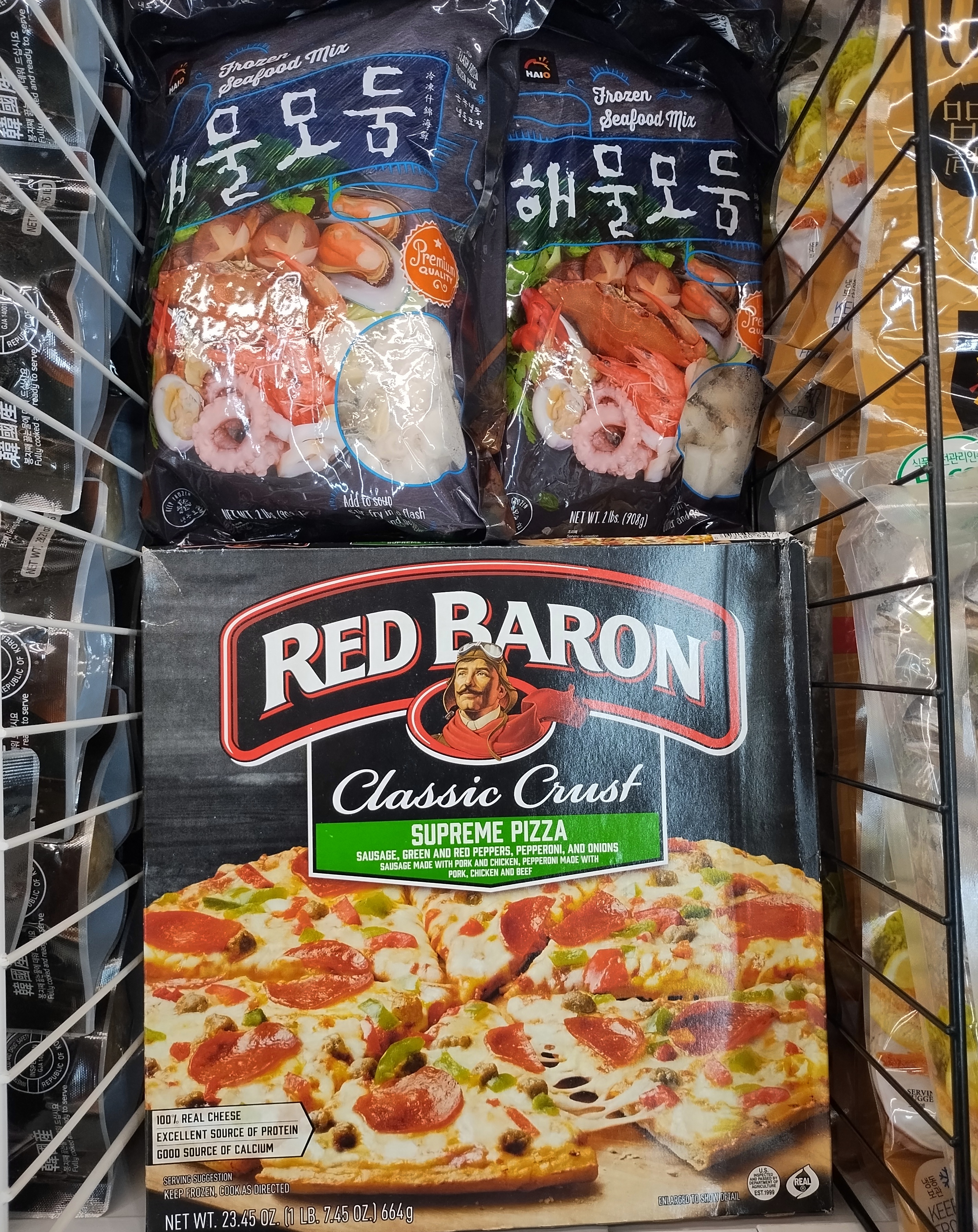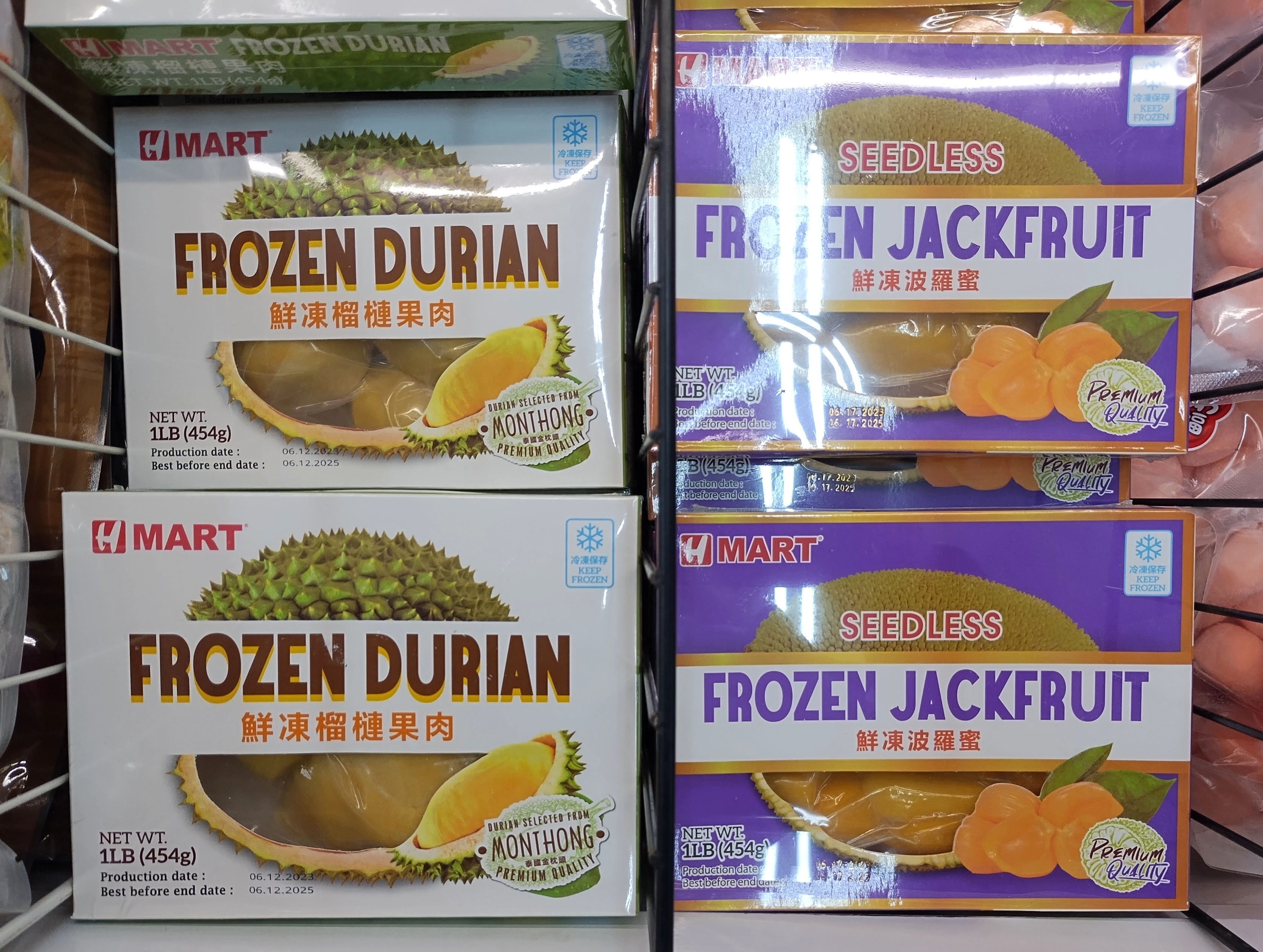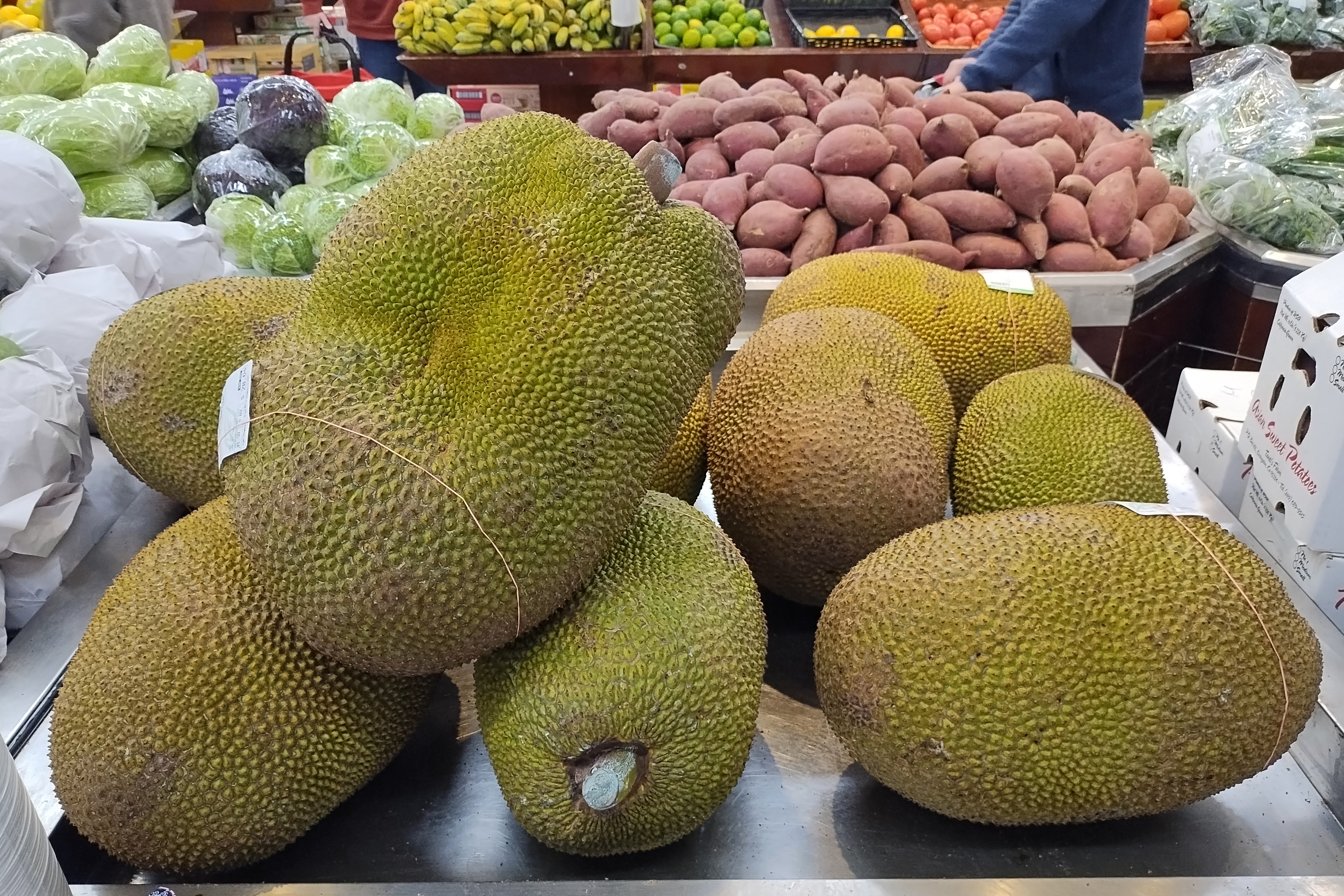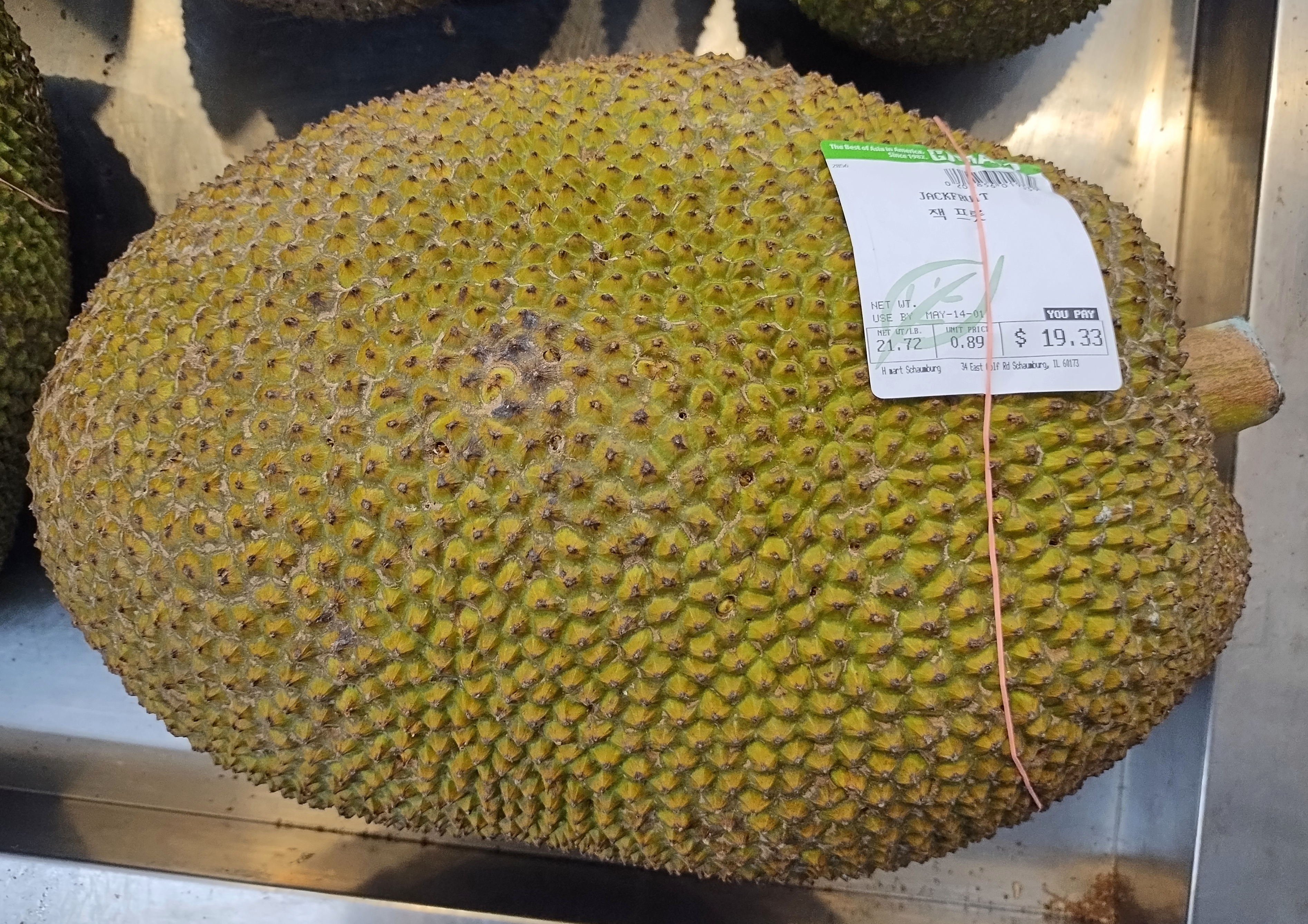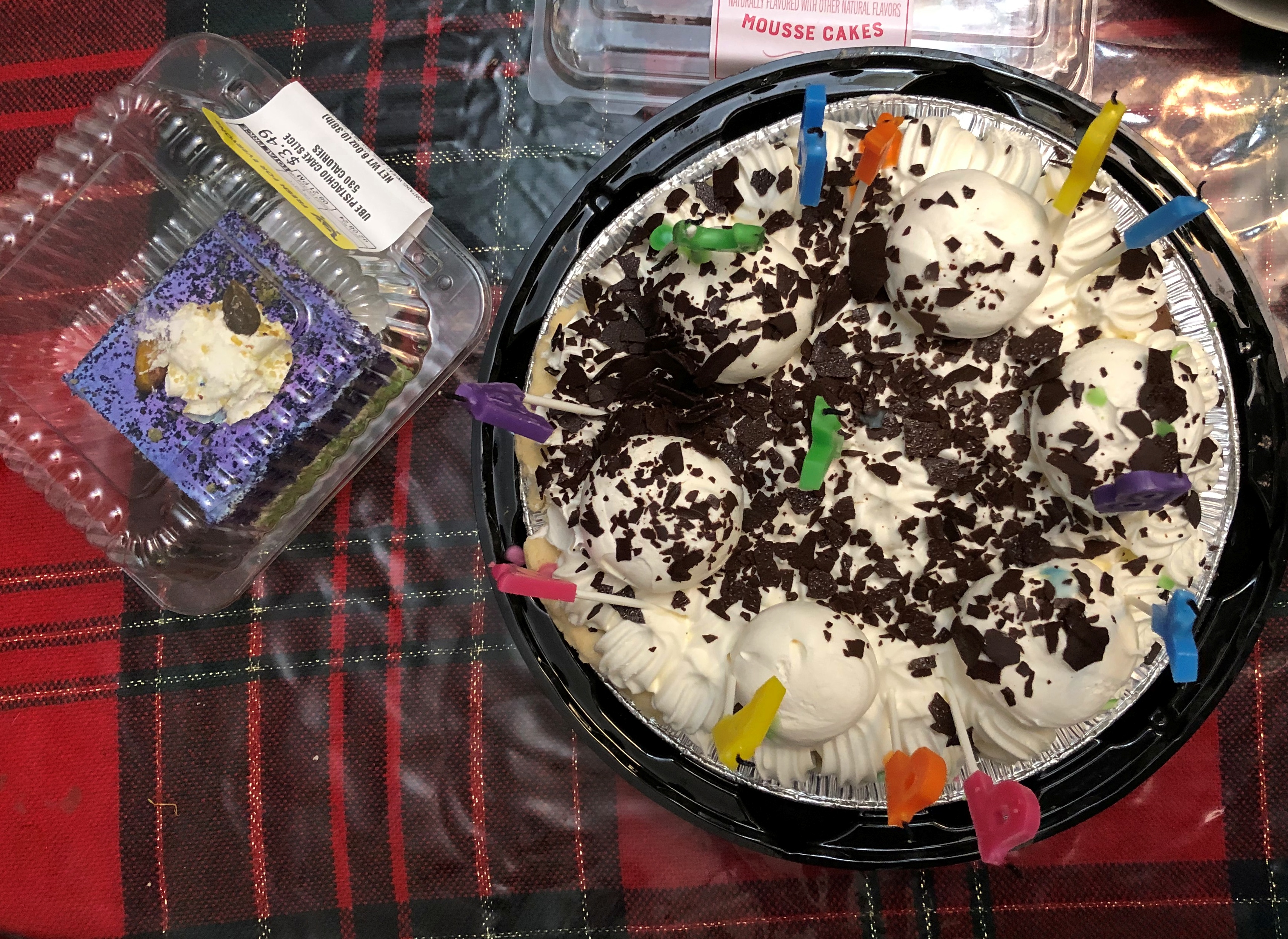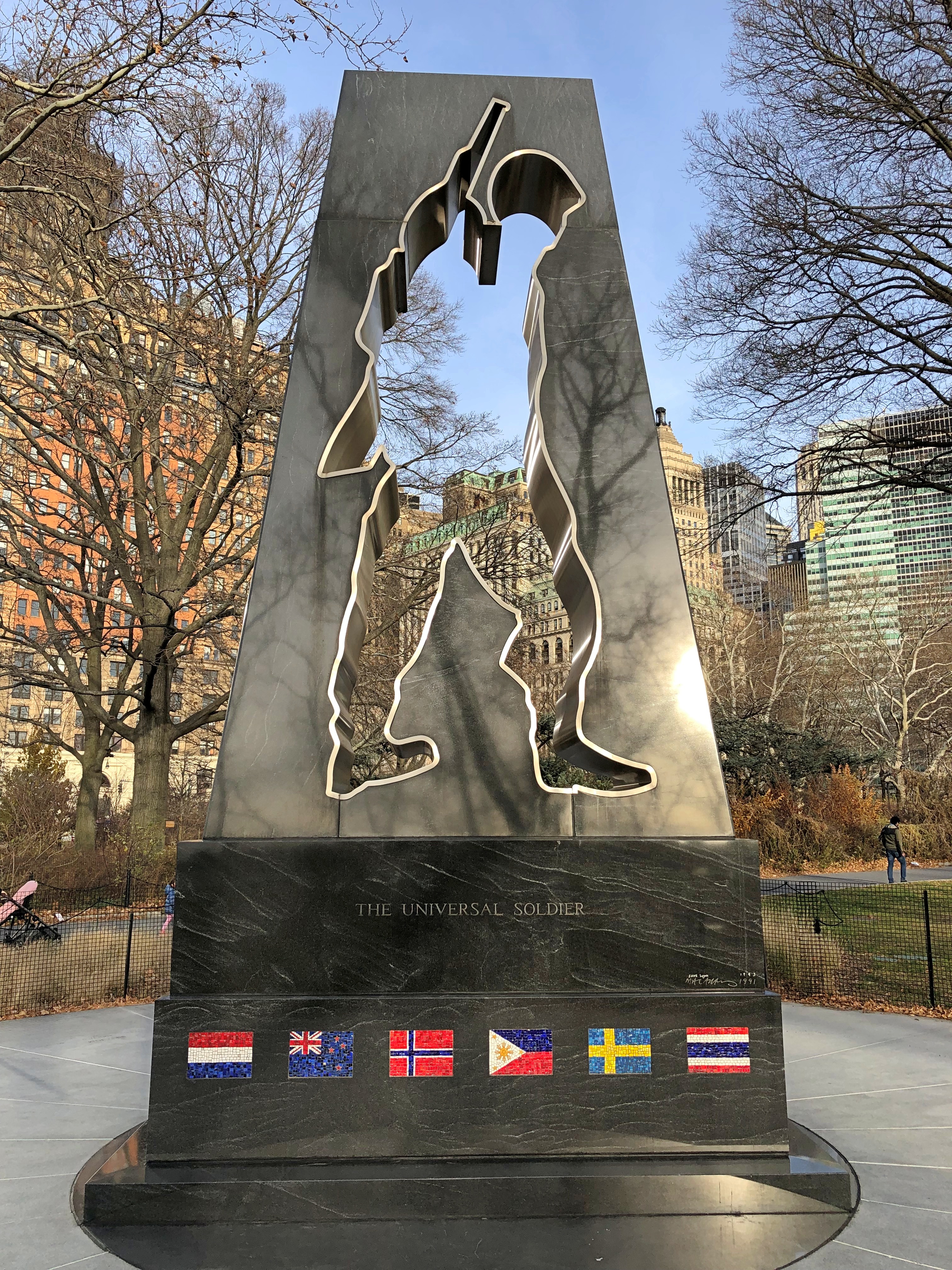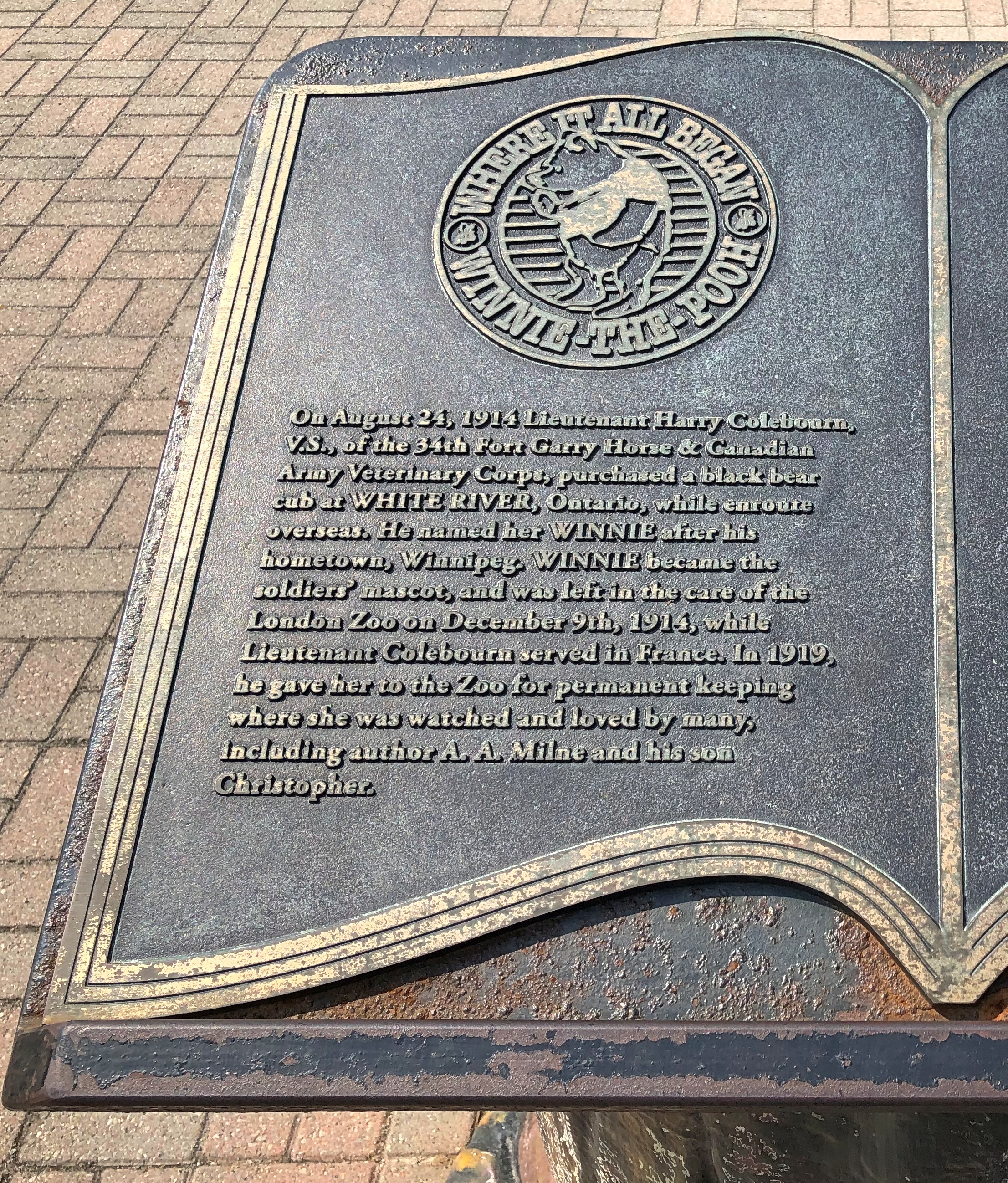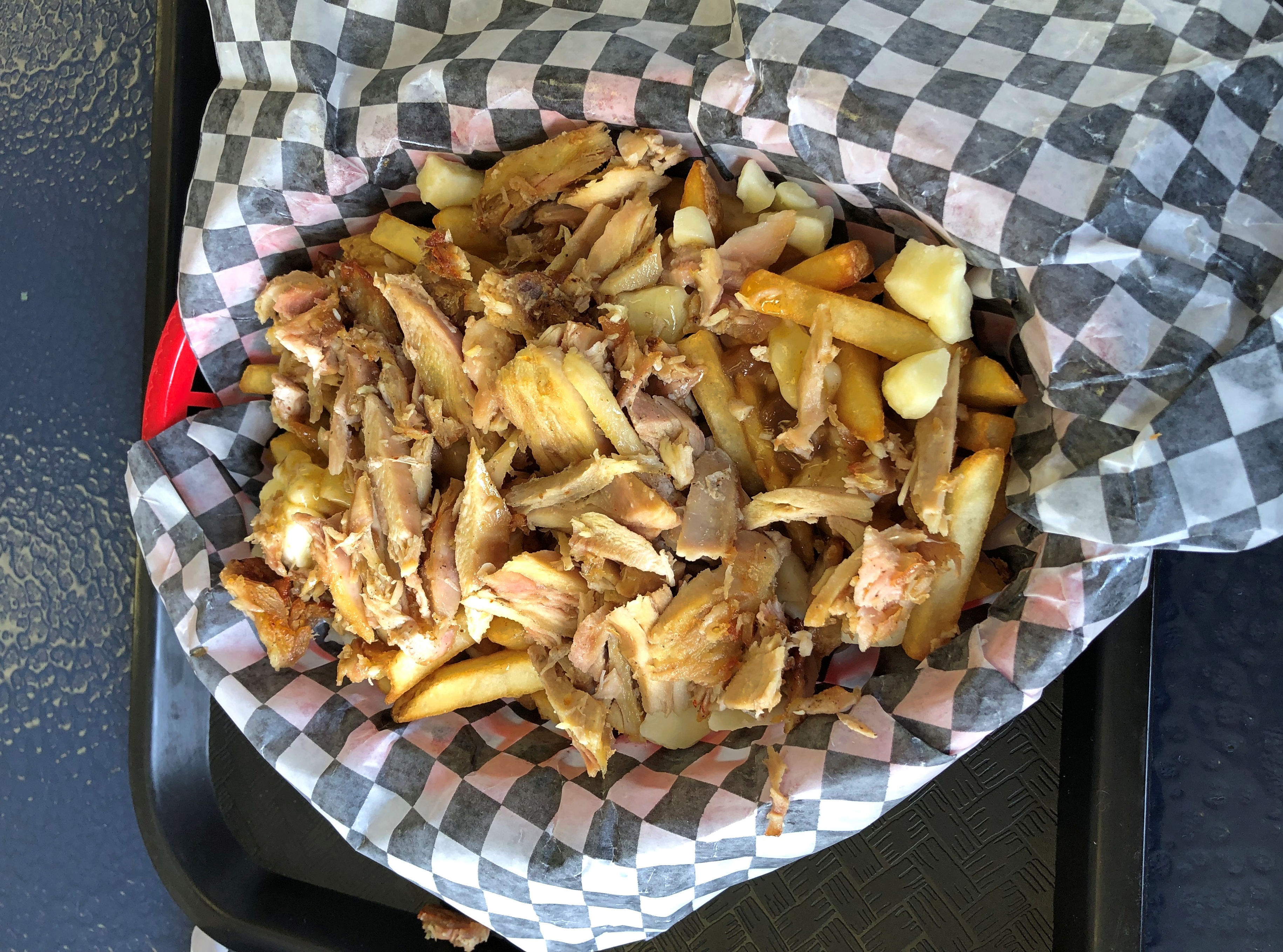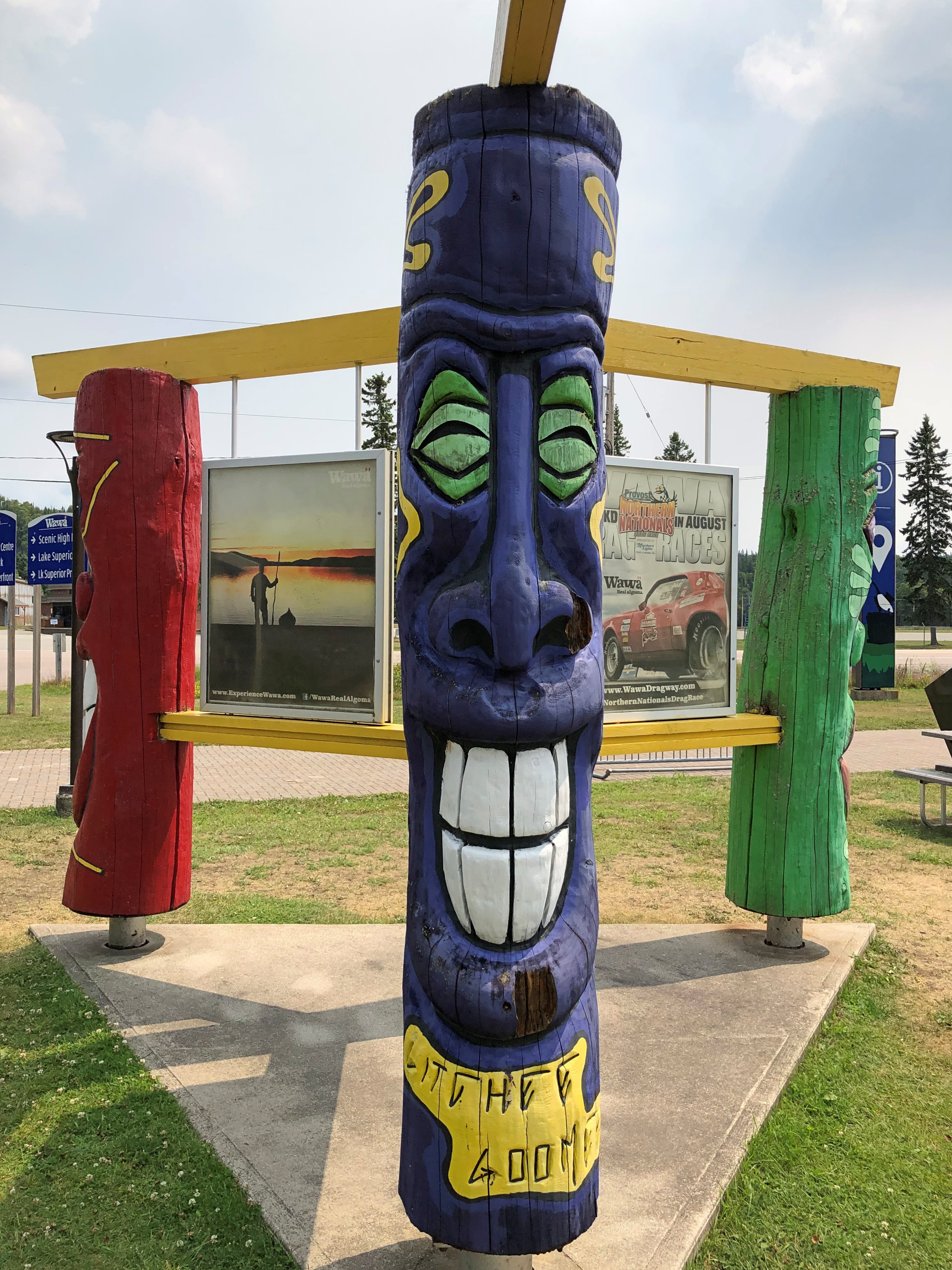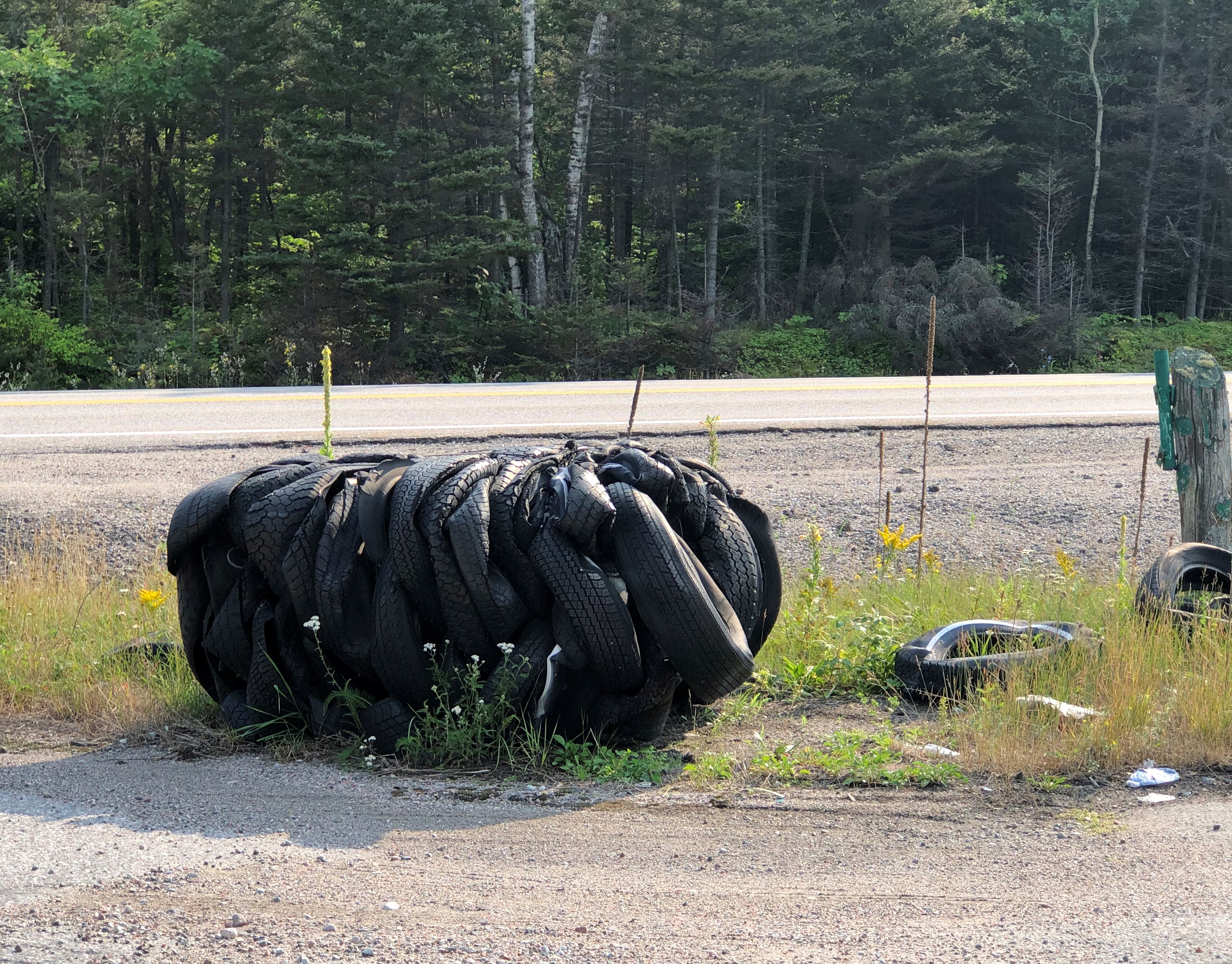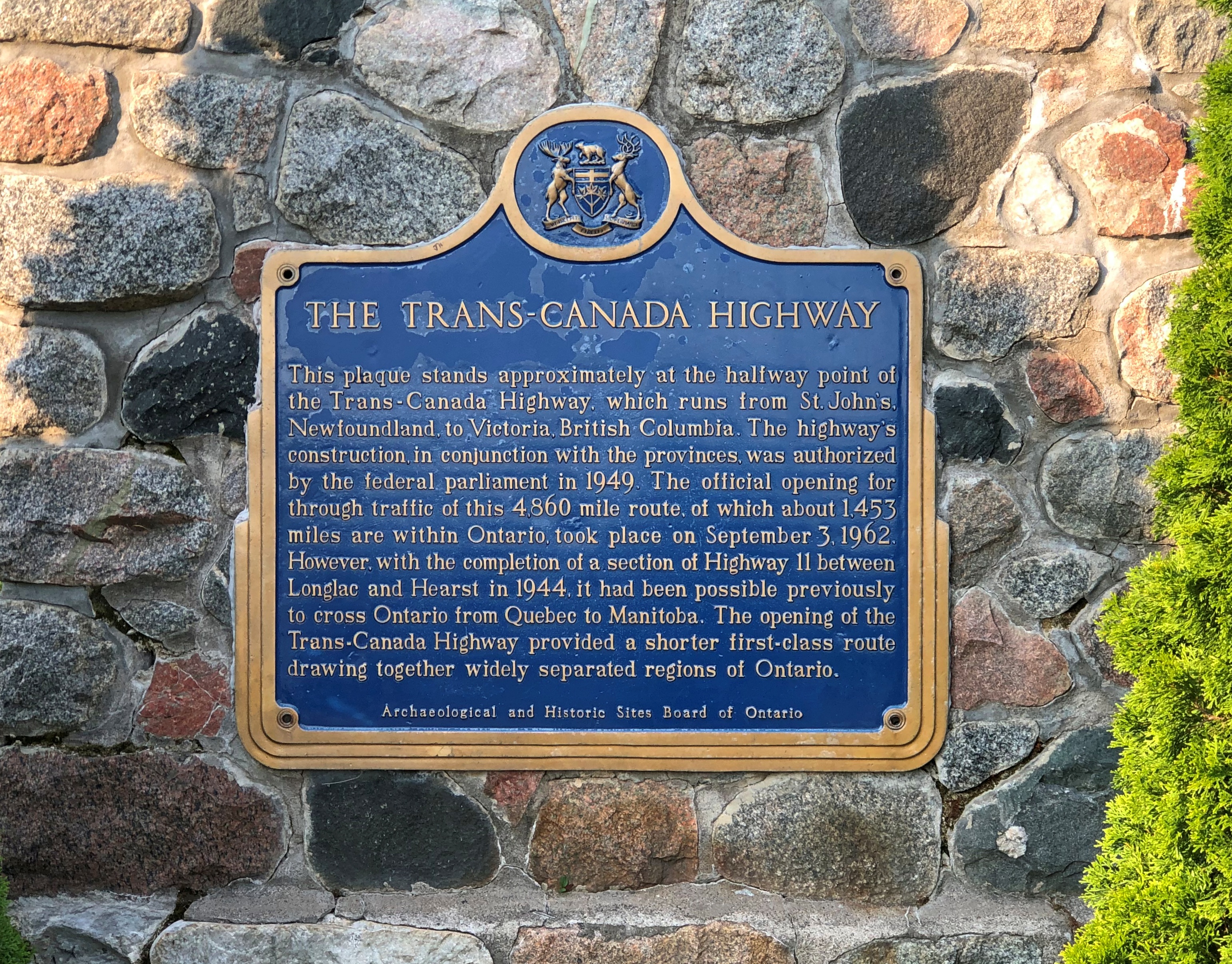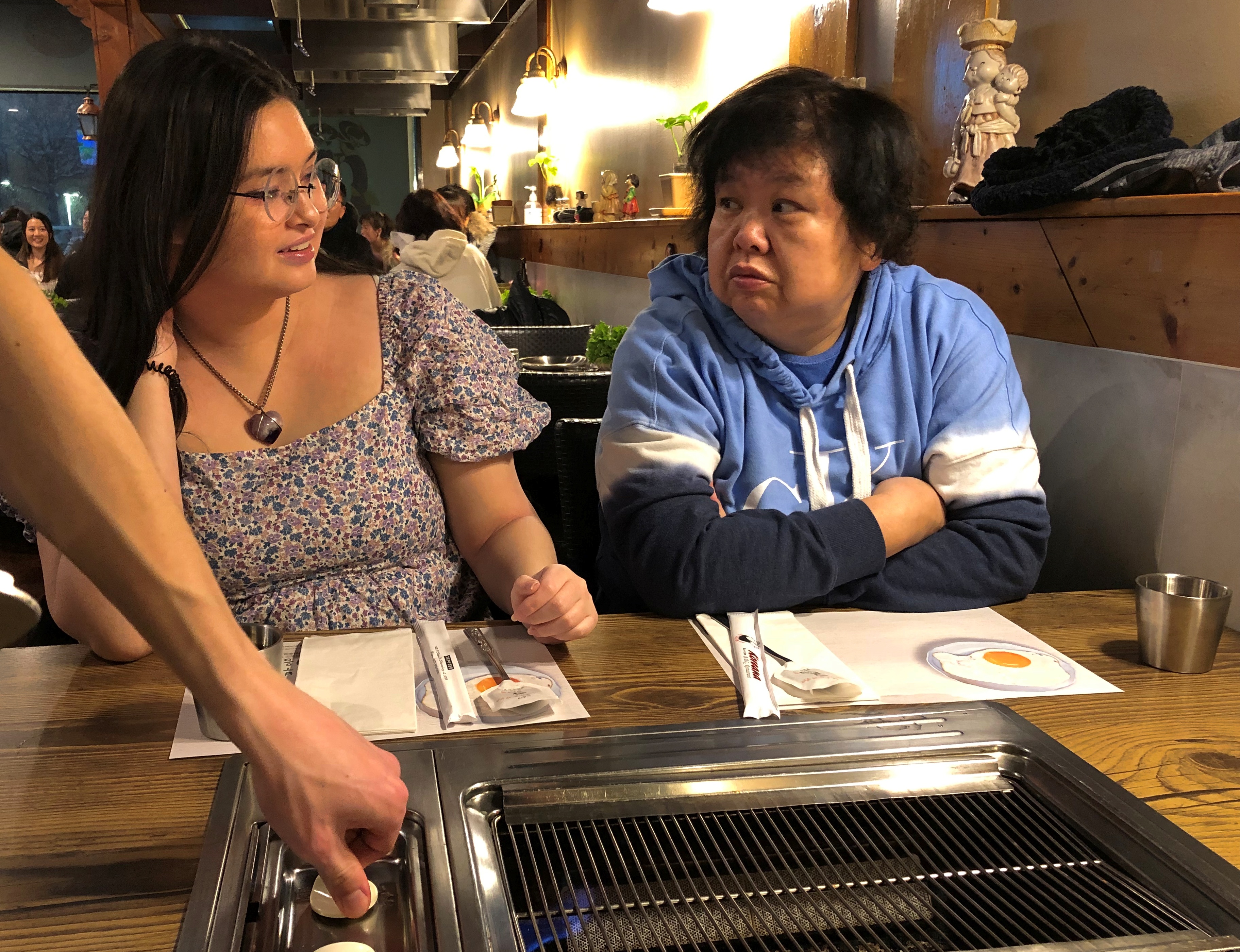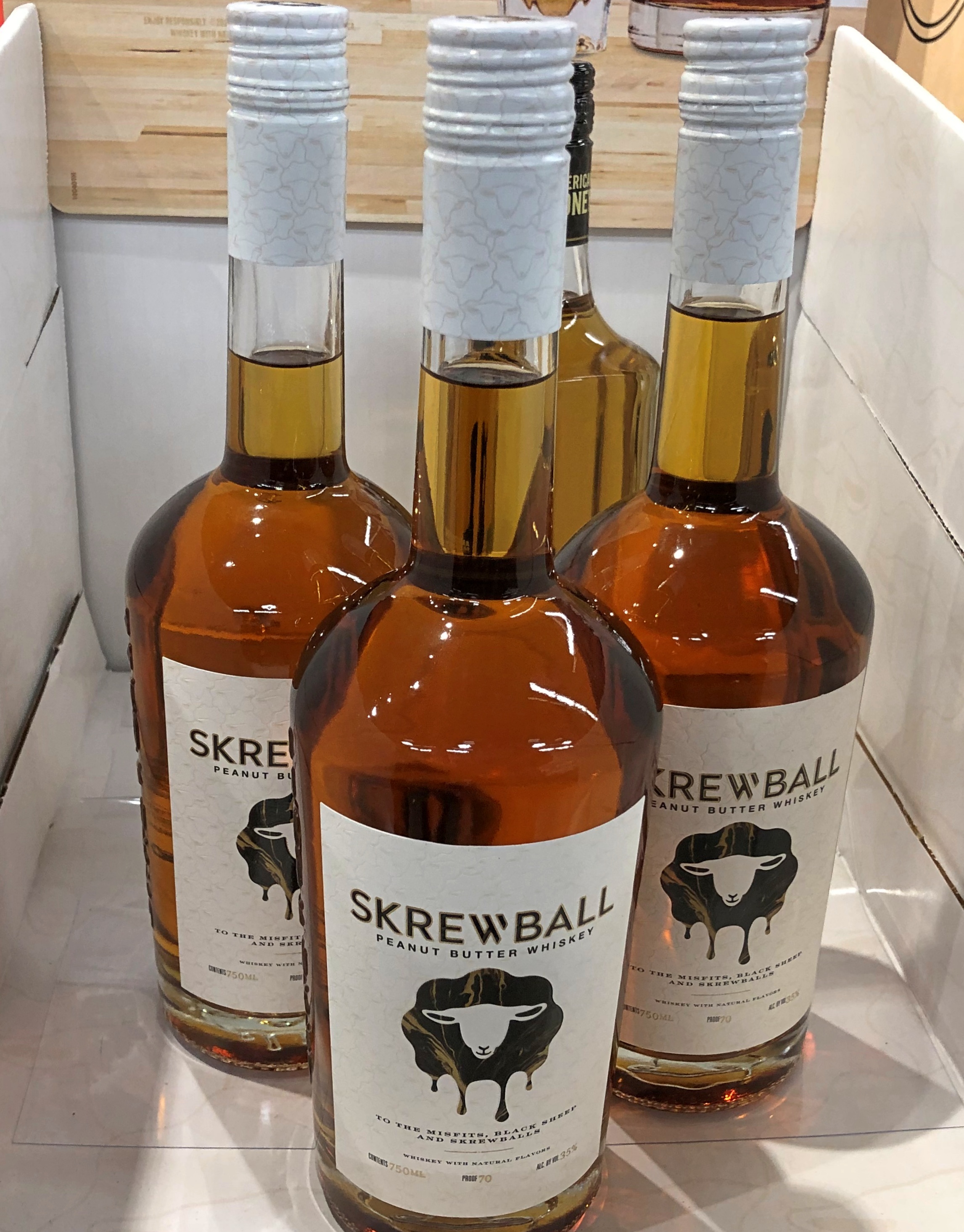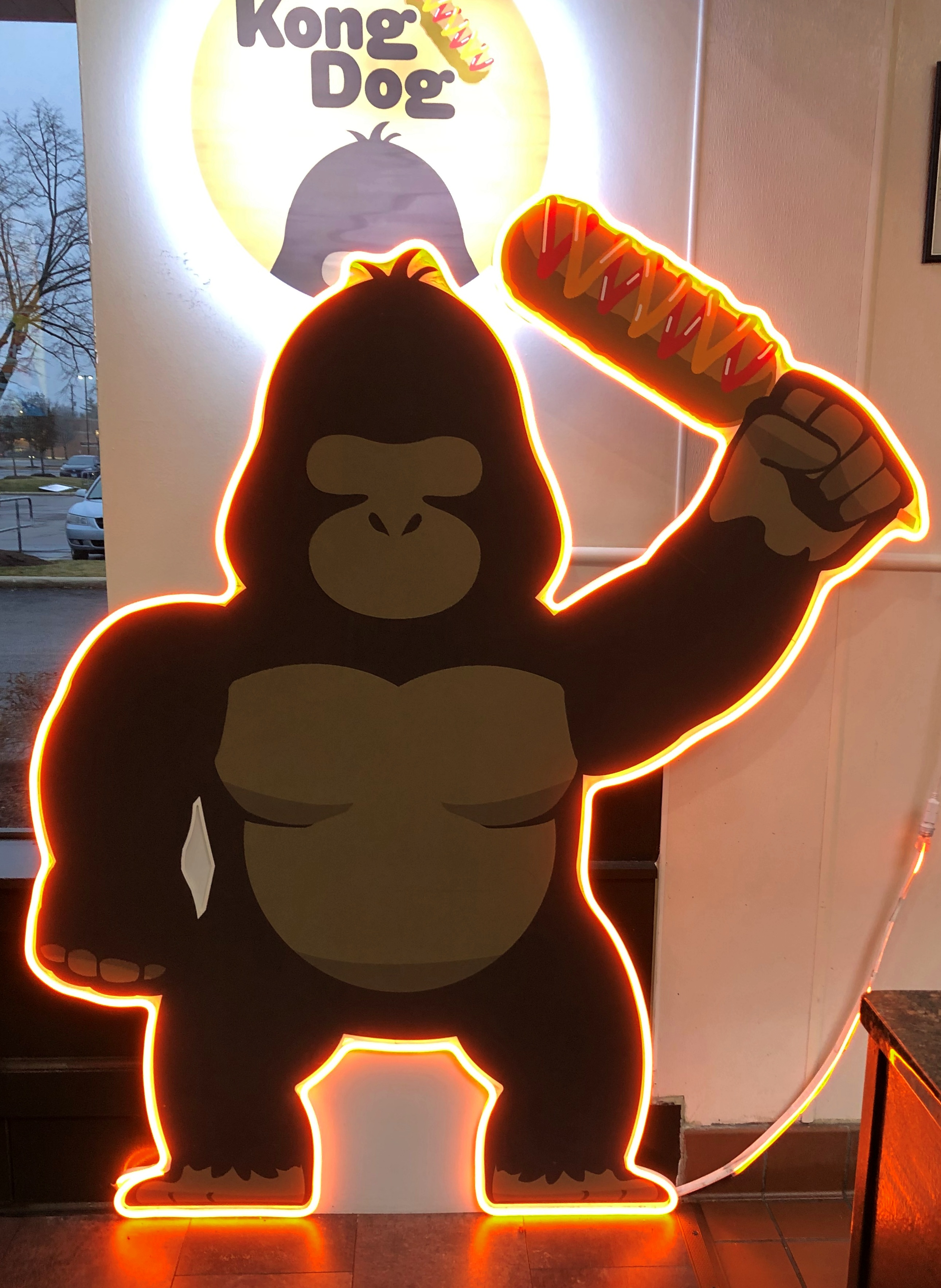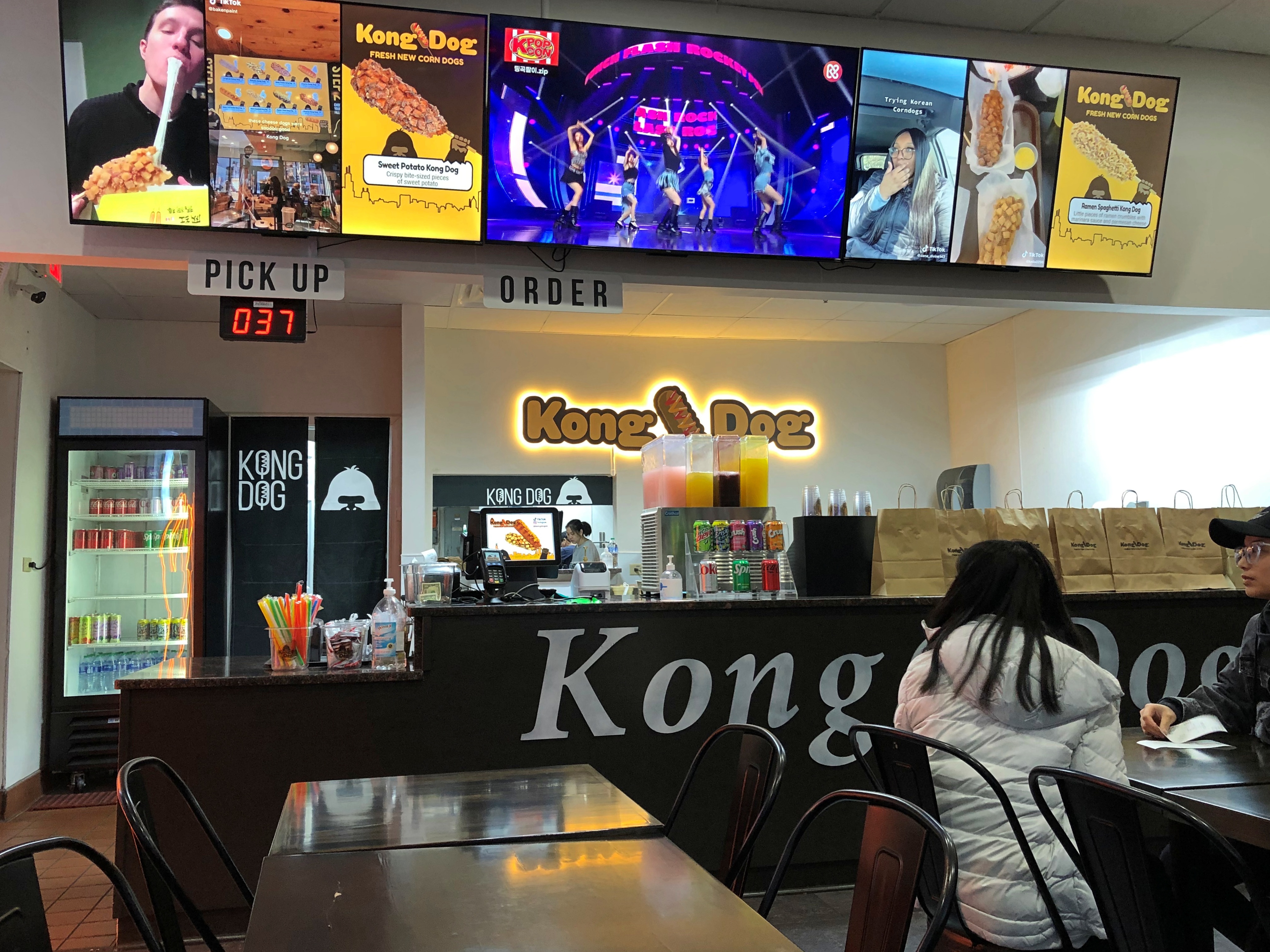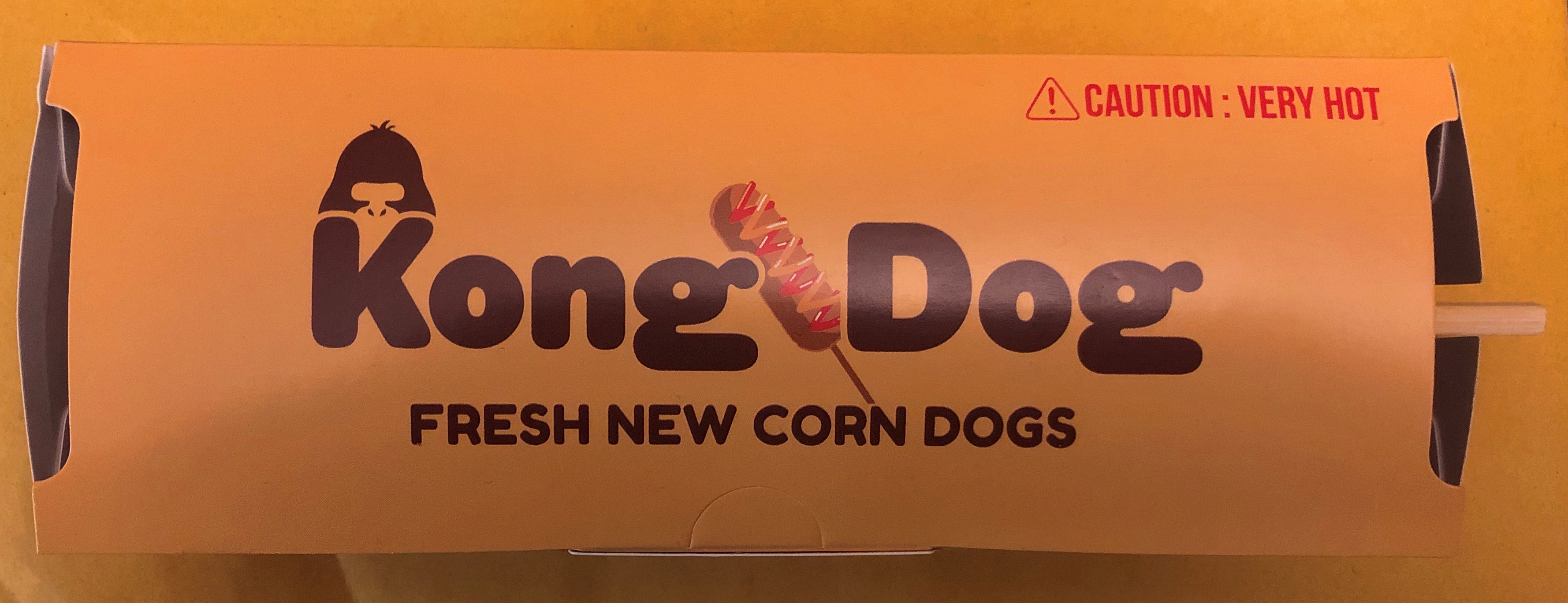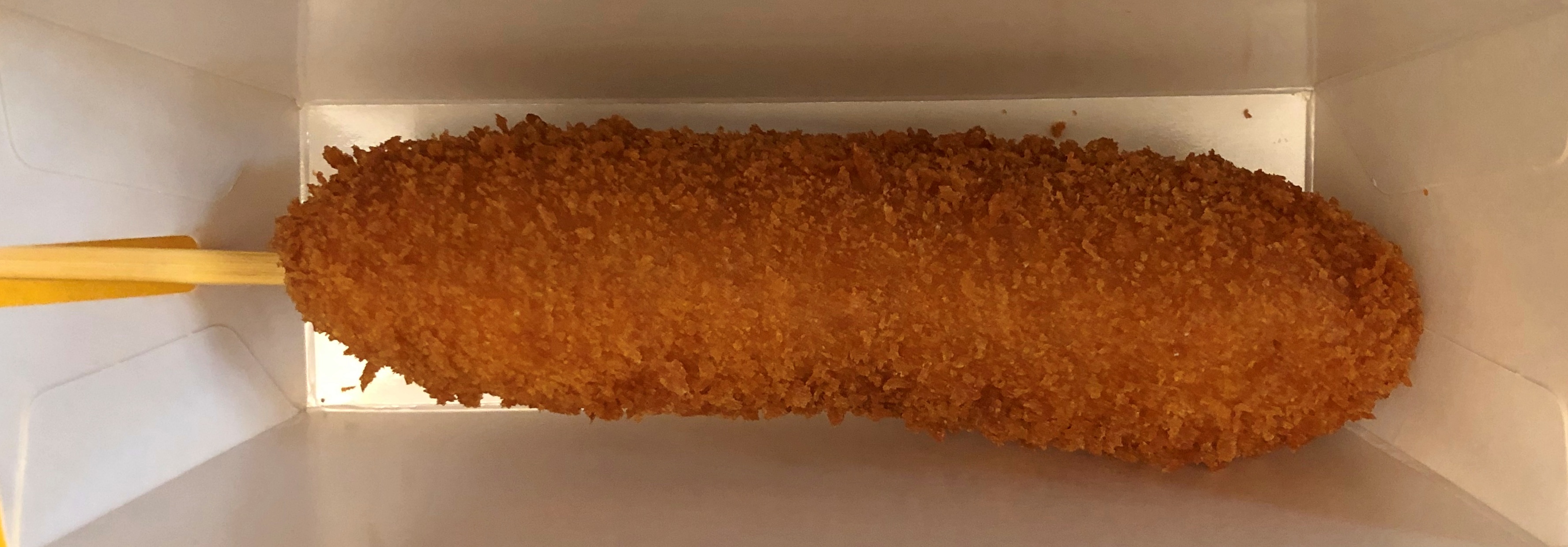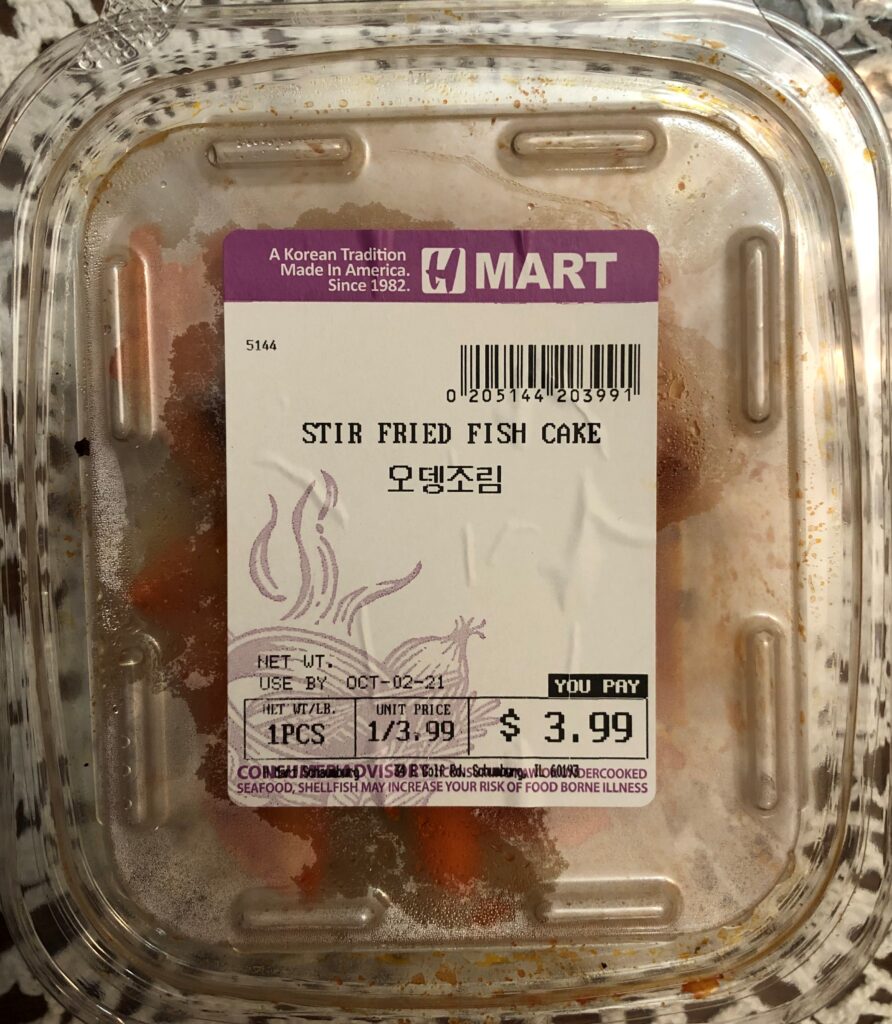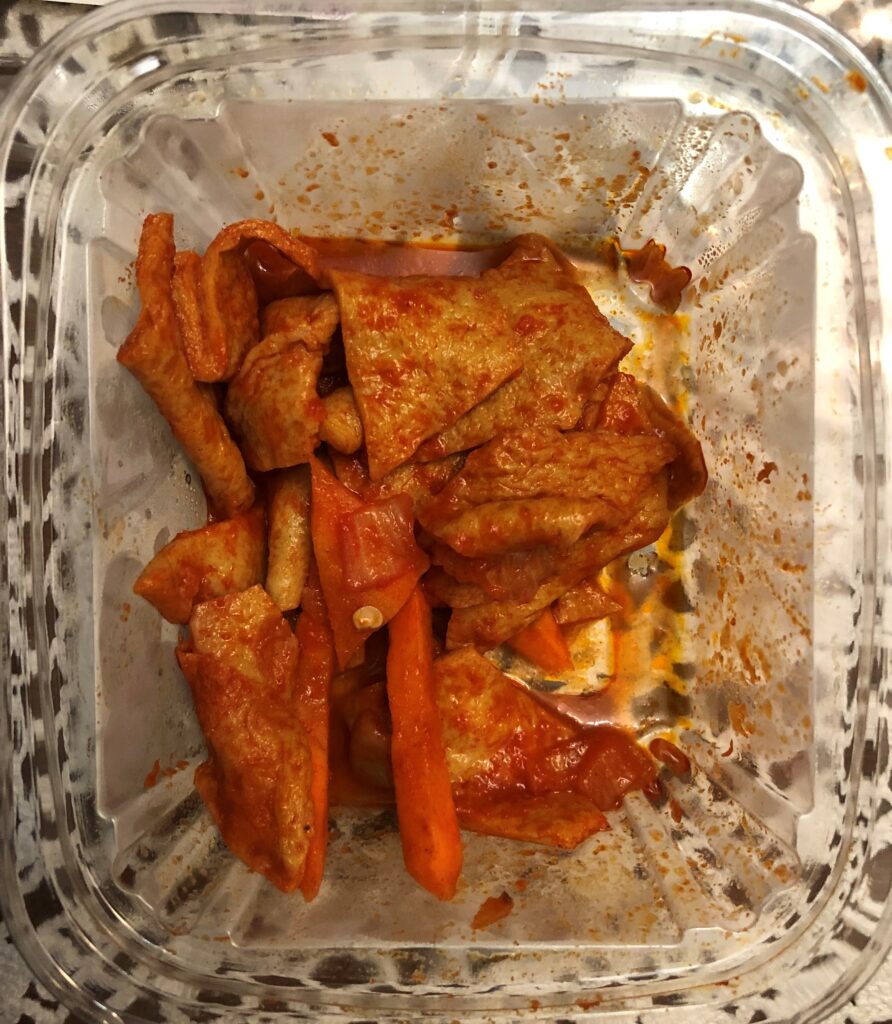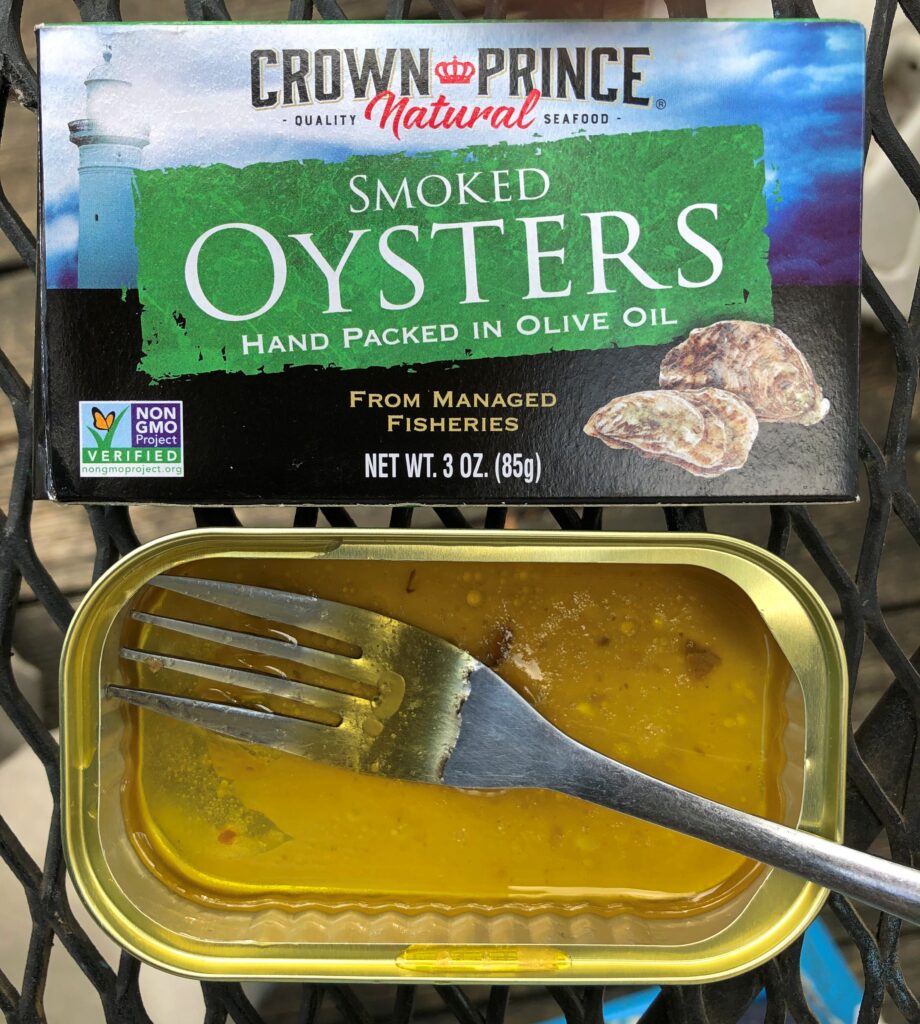When Toys R Us went under, I remember fans came out of the woodwork to tell the world how wonderful the chain was, and how it would live forever in a nostalgic corner of their hearts. Maybe you had to be a former child visitor to the stores to feel that way. Big places seem even bigger at that age, and big places stuffed with toys – what could be better?
The toy stores of my youth were standalones or in-line shops – small presences on long streets or in large malls. The closest I remember to a warehouse toy store was chain of mall toy stores whose name I’ve long forgotten, but which seemed to stack its merchandise floor to ceiling. Occasionally I bought model airplanes there. Forward 30 years and a Toys R Us location might hold 10 of those mall stores I remember from childhood. So I can see they might have been wowsers to the crop of children that came of age when Toys R Us was open.
First encountering Toys R Us as a parent of young children is another matter. When I wasn’t myself marveling at the profusion of entertainment options for small fry, because the stock was always an impressive array, I understood that visiting was a contest to hold spending to some reasonable level. Hold the line on spending like you might hold a squirming animal. A greased pig, maybe. It wasn’t easy.
So I didn’t mourn Toys R Us particularly. The location we visited closed with all the rest and the building stood vacant for a good many years afterward, which was unusual on this busy main thoroughfare in the northwest suburbs. Last year, a sign appeared in front of the former toy store explaining that a grocery store was coming soon.
Not just any grocery store, but Joong Boo, a Korean store. We visited last Friday, during the store’s first week of operation. The fourth location of a Chicago-based chain, it’s clearly a rising competitor to the larger Korean chain, H-Mart, which not long ago expanded its store within a mile or so of the new Joong Boo. So new that the location isn’t, as of today, listed on the Joong Boo web site.
Nice redesign inside, not a hint of its former use. Artful light bars overhead. Hope they’re energy efficient.

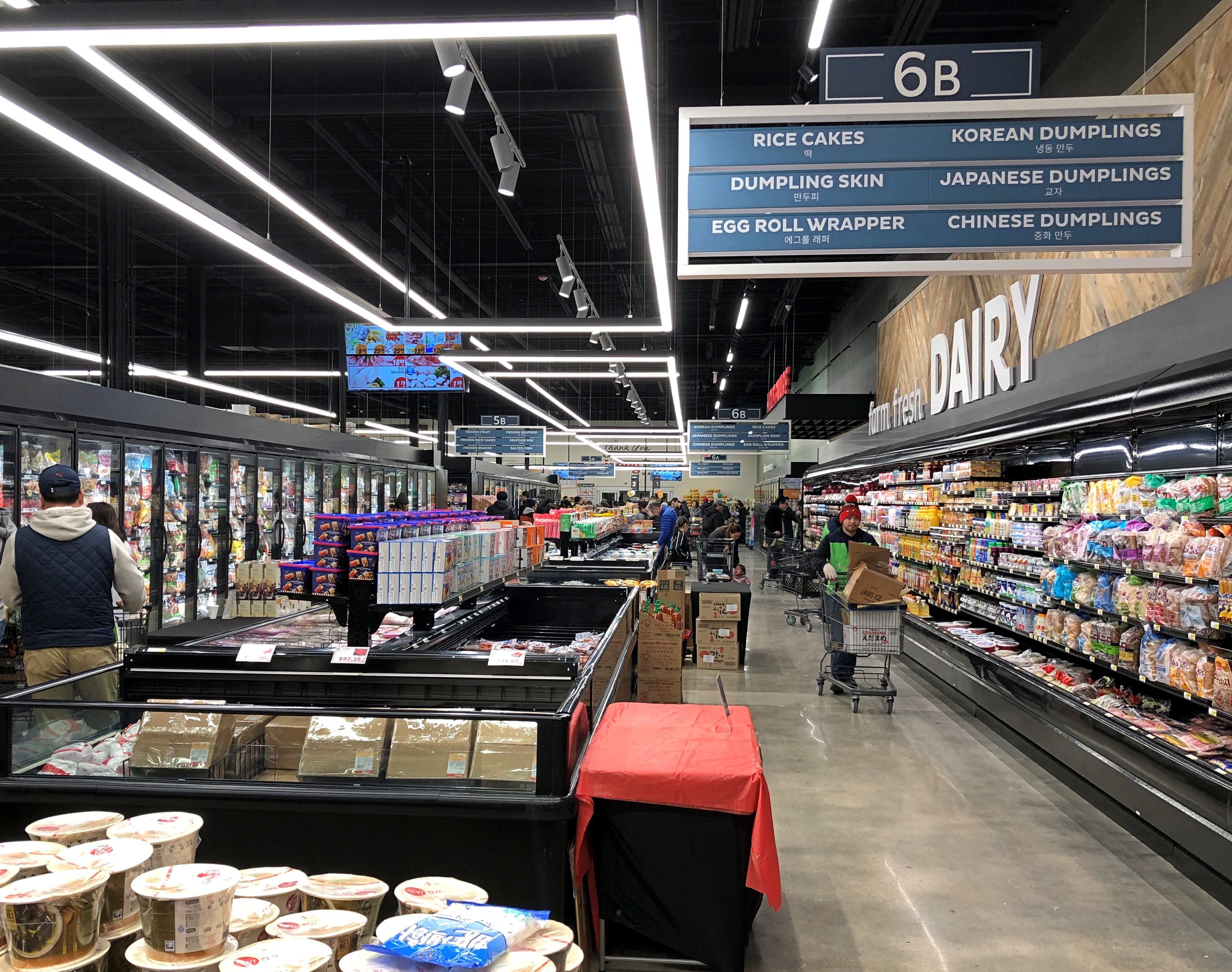
The place was crowded. In its first week anyway, it’s a hit.
One thing that H-Mart taught me is about the endless variety (I exaggerate: the impressive variety) of fresh seafood offered by a Korean supermarket, at least here in North America. Three samples from a much larger selection:


I bought one. Not because I’m going to eat it soon, though I might sometime, but to help keep the Spam Museum open (which, I see, is in a newish location). Yuriko bought more healthful items to prepare for our table. For her, the store represents economy: many of the same or similar items than at the local Japanese supermarket, but at a better price. That doesn’t keep her away from the Japanese store completely – it is, after all, the Japanese store — just sometimes.
Another reason to wander a Korean grocery store – or any store, really – is to be on the lookout for brands that aren’t creatures of the U.S. food industry, but maybe some other country’s food conglomerates. Or just third-string or otherwise unusual brands, such as Argentine frosted flakes.
That counts as the creature of the South Korean food industry, since it’s an export made by Hite Brewery Co., the largest beer maker in that country. Look at the bottle and you learn it’s a Czech-style Korean lager using Australian malt.
He seems to be the mascot of Jinro, which, as a unit of Hite since 2006, is the world’s largest maker of soju. In English, anyway, he’s referred to as a toad, and man, you can get a lot of Jinro merch.

